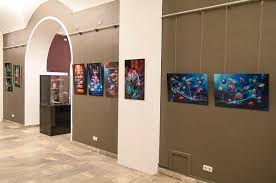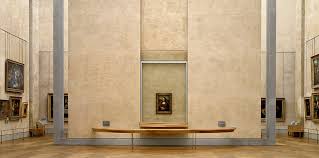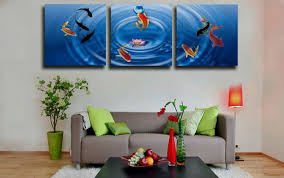professional
VITEBSK ART SCHOOL (part 1)
 Nikolay Gugnin. From the history of the Vitebsk art school.
Nikolay Gugnin. From the history of the Vitebsk art school.
In the late 1910s, the paths of many famous artists of the 20th century converged in the provincial city of Vitebsk. They were very different in their views on art, in belonging to one or another artistic movement, and the circumstances that brought them to Vitebsk were different. But all of them were united by the idea of creating the Vitebsk professional art school, now celebrating its seventy-five years. And this small (1918-1923 gg.) Period of time in its history became its first chapter, dramatic and vibrant. Continue reading
decorative
transmitted
phenomenon
Museum
manufacture
modest
density
subsequent
snowflakes
community
again left
institution
returned
composition
traditions
student
harmony
communal
creation
emergence
resistant
photography
canvas
musician
school
professional
province
enthusiasm
landscapes
technologies
artists
finally
educational
members
performance
sixties
documentary
soldiers
absolutely
period
combination
movements
unshakable
troubles
various
characteristic
until
festivals
selection
milestone
contact
workshop
distinguished
background
technique
development
arrogance
watercolors
available
ideological
reproduction
landscape
minerals
sepia
number
different




